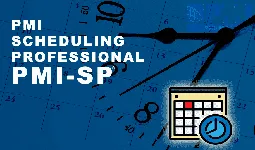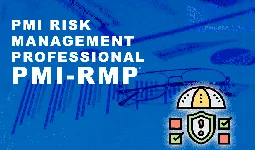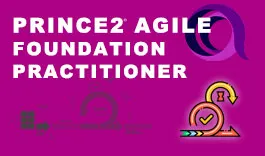Scrum Ceremonies Guide
-
 By Jagadish Jaganathan
By Jagadish Jaganathan - Published on Jun 6 2023

Table of Contents
Introduction to Scrum Ceremonies
There was a time when projects of huge scale were achieved with simple project management techniques. But these days along with the scale and scope, the complexity of the projects is reaching a whole new level. Project management is as old as any undertakings of mankind, right from the Pyramids of Egypt to the latest developments ain Artificial Intelligence. All of these were the results of the combined efforts of people who worked towards an aim with fixed resources, time, and other constraints.
It was during the 1900s that the study of project management gained prominence, with the advancement of technology and industrialization, new techniques and strategies were introduced to effectively manage projects. Agile Project Management was first used for software development; it was a time when software companies needed to quickly respond to the changing needs of its customer. Whether the development of a new product or feature addition, with the usage of agile management, they were able to achieve faster delivery of products.
Agile was quickly adapted into various other industries, its iterative process of continuous development proved to be of great advantage. Unlike other project management principles which are rigid in nature. Agile is a blanket term for several management frameworks and Scrum is one among them.
What is Scrum?
Scrum is an agile management framework used to develop and deliver products that are highly complex in nature. The word ‘scrum’ is taken from the game of rugby, it is a formation of players that signifies their quick movement to move ahead in the game.
Even scrum has its origins in the software industry but has reached other industries, like research, sales, and marketing. Scrum is a lightweight, iterative, and incremental framework, that heavily depends on the frequent communication of the team members.
Scrum iterates or repeats a sizable operation to continuously incorporate the changing needs of the customer, as opposed to the traditional sequential management methods. The key aspect of scrum is that it assumes the customer needs will be always changing and there will always be unpredictable changes, these key factors facilitate the project to steer in the developmental direction.
Read more about Scrum Methodology.
Scrum is ideal for small teams with members ranging from 10 to 15. A scrum team consists of these key players,
Product owner – it is the product stakeholder, who is responsible for assessing the customer’s need and the product’s function in the market. The product owner studies the performance of the product and instructs the team on the changes required, hence responsible for the product viability.
Developers – they are the team members who directly work on developing the product, they are responsible for each stage they are assigned to and are mostly cross-functional.
Scrum master – a scrum master’s role is to facilitate the team with timely resources and remove the obstacles in the way of achieving their goal. He is also the key person in the communication between the stakeholders and the developer’s team.
What are the different scrum ceremonies?
The success of the scrum team is heavily dependent upon connectivity and communication of the scrum team. Scrum ceremonies are specialized meetings that are unique to scrum teams. There are different types of scrum ceremonies or meetings that are held at different stages of the development cycle. Each of them plays an important role in delivering a specific result for the product. There are five different types of Scrum ceremonies and they are-

The Sprint
Sprint is the most crucial scrum ceremony; it is a time-box event, which means it has a fixed time and defined purpose of developing a product. The sprint encompasses all other scrum ceremonies. The sprint is commenced with an objective, which is usually an increment to the feature of the product. Backlog refinement takes place in the Sprint.
Product Backlog Refinement or Product Backlog Grooming is a process of keeping the backlog clean. In other words, it is making sure the product development team and the product owner work together to ensure the items are understood by everyone, complexity is examined, and the process for implementation is defined and prioritized.
The Sprint usually begins with a goal and it is worked throughout to achieve them. The difficulties faced in the process are addressed, feedback gathered, defects are rectified, and looked out for scope expanded. The success of this process depends upon the transparency of the team, inspection, and rectification. Sprint is usually scheduled once in two or three weeks.
Sprint Planning
Sprint Planning is also a time-box event that usually happens before the commencement of the Sprint. As the name suggests it is the planning phase, where various attributes are discussed and agreed upon. Project backlogs are discussed extensively in this meeting along with scope creep, goals, and challenges in the way.
Key elements of Sprint Planning Scrum Ceremony are,
• Defining the scope and goal of the sprint
• Prioritizing the task and assigning them to the team members
• Setting up deadlines and establishing the metrics to measure the success of the product
• Addressing problem areas
• Recording the minutes of the meeting to refer back when in need and to see the alignment of the project goals
In this stage, the requirements are documented with the help of user stories. User stories are a part of the agile software development approach. It is used to understand the details of a requirement from the user’s standpoint. In other words, the user story is a short description of the requirement of the particular feature from the point of view of the customer. Understanding the specifications and requirements is essential for the success of a product and user stories help to achieve this.
The user story consists of the role of the user, the goal that he wants to achieve, and how it will benefit him.
Sample User Story
“As a customer I want Netflix to reduce its subscription price so that I can afford it.”
In the above user story, the user is the customer, the goal is reduced subscription, and the benefit is affordability. It can also be followed by the points and details for internal study.
Sprint Planning must be done in a way that it has complete attendance of the scrum team, if not at least the maximum possible attendance. Sprints are usually for the time of two weeks, so planning the goal in terms of work hours will be more feasible. Look out for conflicting meetings, goals, and resource allocation. One of the key attributes of scrum ceremonies is that they have allowances for unforeseen delays and backlogs. Take them all into account in the planning.
Daily Scrum
The daily scrum is more commonly known as daily stand-up; it is a daily meeting held for a short duration. In this meeting, the team members update on the proceedings of the project. It is not an extensive meeting where you discuss the issues in-depth, rather the scrum master who runs the meeting takes in the input, provides the resources, and removes the obstacle for the projects, and time-taking issues are parked for later. This meeting usually takes place for 15 to 30 minutes. Major things focused on in these meetings are,
What has been achieved so far from Sprint deliverables
Current status of the project
What’s the next stage?
Addressing the area of concerns
With the help of the daily scrum meetings, you can monitor the project and look out for any delays or scope creep. This constant monitoring, inspecting, and correction makes scrum ceremonies an efficient way to manage projects.
Sprint Review
Sprint Review and Sprint Retrospection are two post-sprint ceremonies since they take place after the sprint is completed. As we already discussed sprint ceremonies are initially devised for software development, so in the sprint review phase, the products are either tested for running or demoed.
The sprint review must the scheduled in the presence of the whole scrum team, where the discussion is held on what has been achieved during the whole sprint. Adequate time needs to be allocated for the review to fully analyze the result but not too much time. This usually depends upon the type of product being developed.
Sprint Retrospective
It is the last and final scrum ceremony that takes place after the sprint is completed. Here the scrum master reviews the whole sprint activities and studies the efficiency of each of the processes and provides feedback for the improvement of the team.
The key takeaways are documented and studied further to impart them in the further sprint activities.
Why should you incorporate scrum ceremonies?
Meetings are time-consuming and it is reported that employees spend 21% of their total working hours in meetings. Meetings are the most crucial part of the organization’s communication needs, but if meetings are not focused and defined they will do more harm than good. And the scrum ceremony framework facilitates an efficient way of communication in the organization.
Like all the agile management frameworks, Scrum ceremonies place huge importance on continuous improvement based on feedback. During the scrum review, the product and the process are studied intensely and the scope for improvement is identified and utilized in the upcoming sprints.
By following the framework and planning all the resources, time and money are saved. By following Scrum Ceremonies, the customer needs are satisfied through constant improvisation.
How to efficiently use scrum rituals for your team?
Scrum ceremonies are designed in a way to serve a particular purpose and to rule out the possibility of ad-hoc meetings. This could for some feel like a monotonous exercise. The success of any project management framework depends upon how the team and its manager practice it. So it is a collective effort on how the team will strictly adhere to the rituals and make it a success.
The scrum master role is very important for the scrum team to work efficiently. The scrum master not necessarily needs to be a manager but rather someone who oversees the scrum ceremonies. And the team needs to have a sense of ownership of the product they are working on. If you are looking for industry standards training for Professional Scrum Master, check out Sprintzeal.
Here are some of the tips to enable your team to smoothly adopt scrum ceremonies.
Make the daily scrum a forum to discuss the developments rather than report to higher management. This can be achieved by asking the team to discuss with each other about the proceedings while the scrum master takes notes.
Include all the members in all the scrum ceremonies and provide a chance to the members to freely discuss their issues, irrespective of how small or big the issue is.
Always keep an eye on the Sprint goals, which could become difficult if the scope gap arrives and daily scrum fails to acknowledge it. And instead of asking about individual contributions, ask how much progress has been made as per the sprint goal.
What are the tools and software available for scrum ceremonies?
A scrum master uses a variety of project management tools to run the project. And as the complexity of developing the product increases, it is important to use the right tools for the project's success. And the success of any project management practice depends upon how well the guidelines adhere to. Software tools will help you throughout the process of the scrum ceremonies to be on track.
Here are some of the reasons to use scrum tools,
Better visibility – with the help of the scrum tools it is easy to track the progress, resource allocation, and timeline of the product at any stage. It also serves to inform the stakeholders of the necessary developments.
Efficient project planning – efficient project planning is achieved using tools where stakeholder feedback is constantly collated and used for study and improve the features of the product.
Ensuring project success – the advantage of using scrum ceremonies is that deviations and defects are identified during the progress itself and hence failure can be avoided by timely corrections.
Here are some of the most commonly used Scrum Ceremony Tools,
Github
Monday.com
Targetprocess
Conclusion
Projects rarely come with the leisure of optimum timeline and adequate recourses. And since projects are not carried out in a bubble they are more often than not affected by external factors. Hence project management has evolved into a quintessential role for almost all organizations. The project manager role is a huge responsibility, where one is directly answerable for the success and failure of the project.
Thanks to specialists, scholars, and academic researchers who have contributed to the systematic study of project management, today we have a lot of resources to guide us through this crucial job profile.
There are a lot of great ways and resources to learn project management. Getting a Professional Certification will ensure your entry and success into this field. At Sprintzeal, we offer PMI certified Project Management and Agile certification training courses.
We are ATO (Accredited Training Organization) offering quality training in a variety of fields. And have helped over 300,000+ professionals reach the next level in their careers through our certification training.
Subscribe to our Newsletters
Popular Programs
PSM® - Professional Scrum Master Certification
Live Virtual Training
- 5 (75 + Ratings)
- 22k + Learners
Trending Posts
Agile Manifesto - Principles, Values and Benefits
Last updated on Dec 9 2022
Agile Coaching Guide - Best Skills for Agile Coaches
Last updated on May 24 2023
SAFe Certifications List - Best of 2024
Last updated on May 30 2023
List Of Traits An Effective Agile Scrum Master Must Possess
Last updated on Aug 5 2022
DevOps Vs Agile Differences Explained
Last updated on Nov 18 2022
Data Processing - A Beginner's Guide
Last updated on Aug 18 2022
Categories
- Agile Management 54
- AI and Machine Learning 42
- Big Data 53
- Business Management 51
- Cloud Computing 44
- Digital Marketing 56
- Information Security 8
- IT Hardware and Networking 17
- IT Security 103
- IT Service Management 29
- Leadership and Management 1
- Microsoft Program 2
- Other 43
- Programming Language 31
- Project Management 162
- Quality Management 75
- Risk Management 8
- Workplace Skill Building 2
Trending Now
List Of Traits An Effective Agile Scrum Master Must Possess
ArticleDevOps Vs Agile Differences Explained
ArticleDevops Tools Usage, and Benefits of Development Operations & VSTS
ArticleAgile Scrum Methodology - Benefits, Framework and Activities Explained
ArticleGuide to Agile Project Management 2024
Article10 best practices for effective DevOps in 2024
ArticleGuide to Becoming a Certified Scrum Master in 2024
ArticleWhy Should You Consider Getting a Scrum Master Certification?
ArticleCSM vs CSPO: Which Certification is Right for You?
ArticleAgile Manifesto - Principles, Values and Benefits
ArticleAgile Methodology Explained in Detail
ArticleAgile Project Management Explained
ArticleEssential Tools for Agile Project Management 2024
ArticleEverything about Scrum Methodology
ArticleScrum Workflow - A Step by Step Guide
ArticleLatest Agile Interview Questions and Answers To Look For In 2024
ArticleScrum Interview Questions and Answers 2024
ArticleTop Scrum Master Responsibilities 2024 (Updated)
ArticleProduct Life Cycle in Marketing: Essential Strategies for Product’s Success
ArticleDevOps Engineer Interview Questions - Best of 2024
ArticleDevOps Engineer - Career path, Job scope, and Certifications
ArticleBusiness Agility Guide - Importance, Benefits and Tips
ArticleScrum vs Safe – Differences Explained
ArticleCSM vs. PSM - Which Scrum Certification is Better?
ArticleSAFe Implementation Roadmap Guide
ArticleAgile Release Plan Guide
ArticleAgile Environment Guide
ArticleAgile Coaching Guide - Best Skills for Agile Coaches
ArticleAgile Principles Guide
ArticleSAFe Certifications List - Best of 2024
ArticleAgile Prioritization Techniques Explained
ArticleProduct Owner Certifications List
ArticleScrum of Scrums Guide
ArticleWhat is DevSecOps and its Importance
ArticleData Processing - A Beginner's Guide
ArticleDevOps Career Guide 2024
ArticleStakeholder Engagement Levels Guide
ArticleScrum Master Career Path Explained
ArticleScrum Career Path Explained
ArticleTop Git Interview Questions and Answers [Updated 2024]
ArticleA guide to Agility in cloud computing
ebookProduct Roadmap: An Ultimate Guide to Successful Planning and Implementation
ArticleDMAIC Methodology - The Ultimate Guide
ArticleProduct Life Cycle Strategies: Key to Maximizing Product Efficiency
ArticleScrum Master Salary Trends in 2024
ArticleProduct Life Cycle Model: A Guide to Understanding Your Product's Success
ArticleWhat is a Product Owner - Role, Objectives and Importance Explained
ArticleSuccessful Product Strategies for Introduction Stage of Product Life Cycle
ArticleUnlocking Career Opportunities in Product Management: Your Roadmap to Success
ArticleSaturation Stage of Product Life Cycle: Complete Guide
ArticleCutting-Edge Technology of Google Cloud
ArticleHow to Write an Executive Summary for a Business Plan?
ArticleImportance of Procurement Management Software in Modern Business
Article
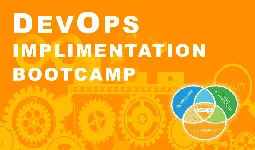
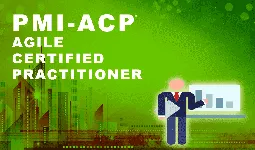
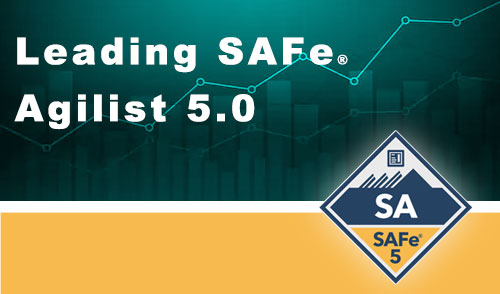
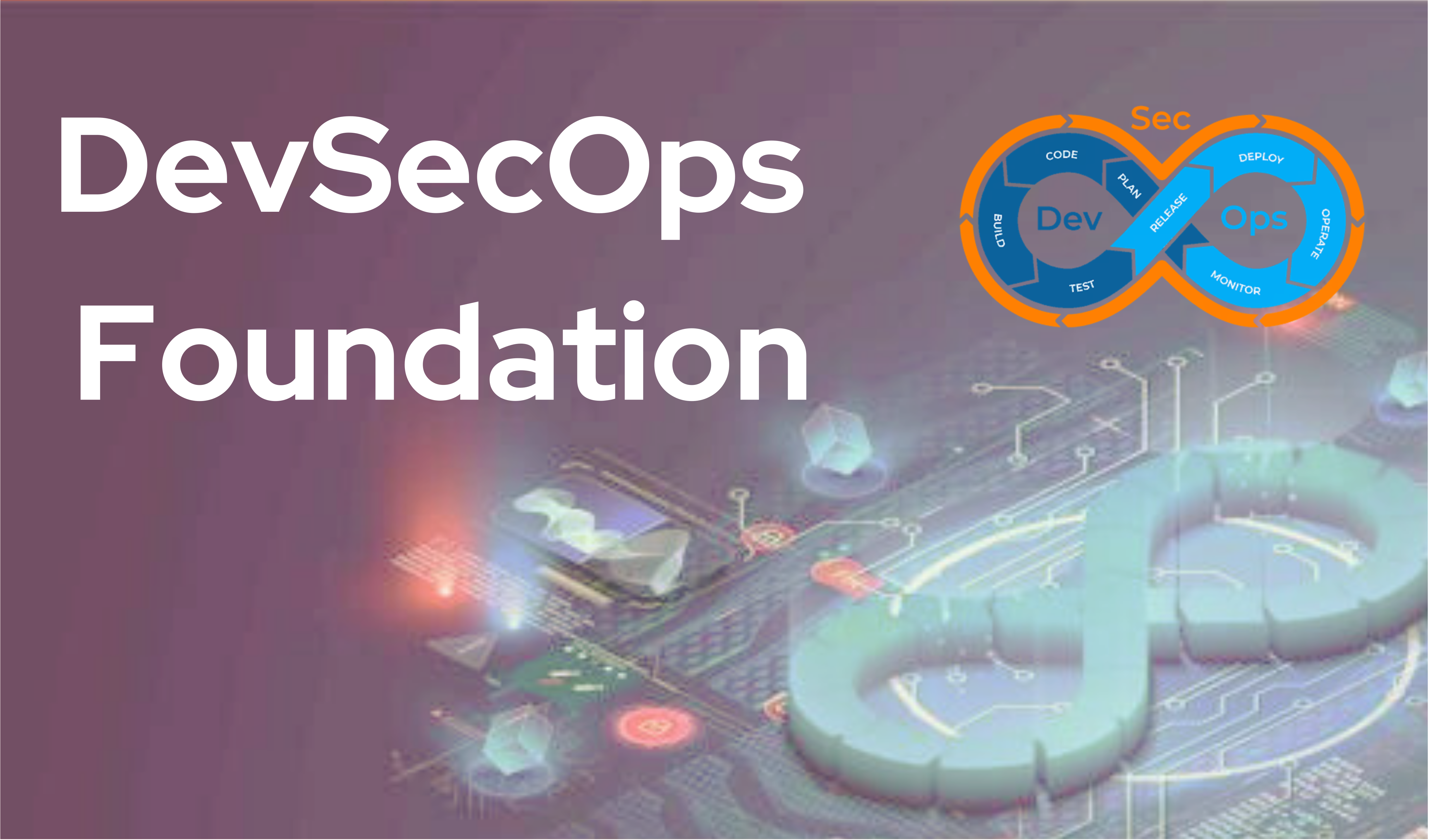

.webp)
